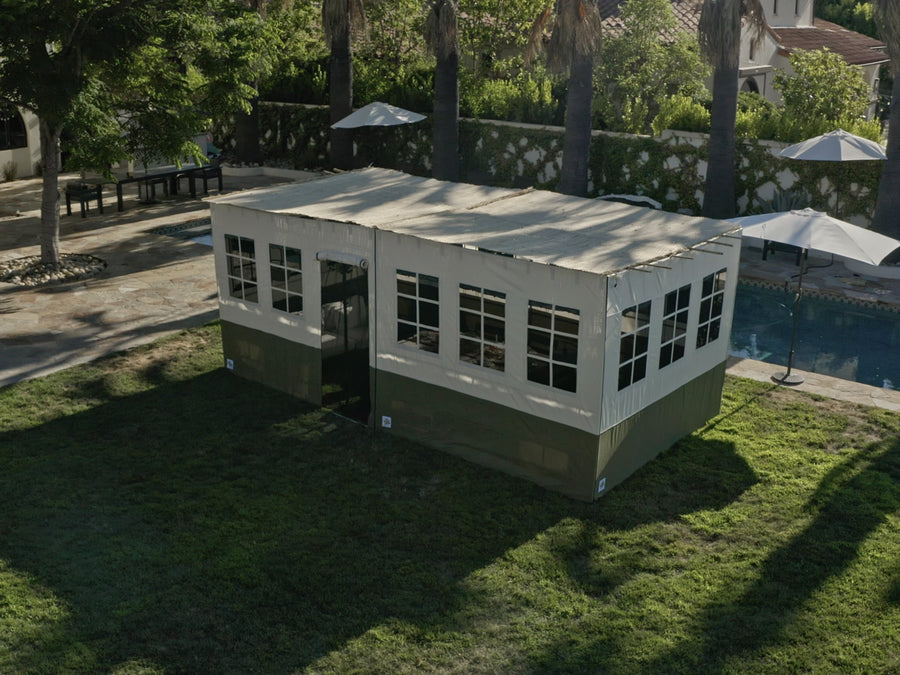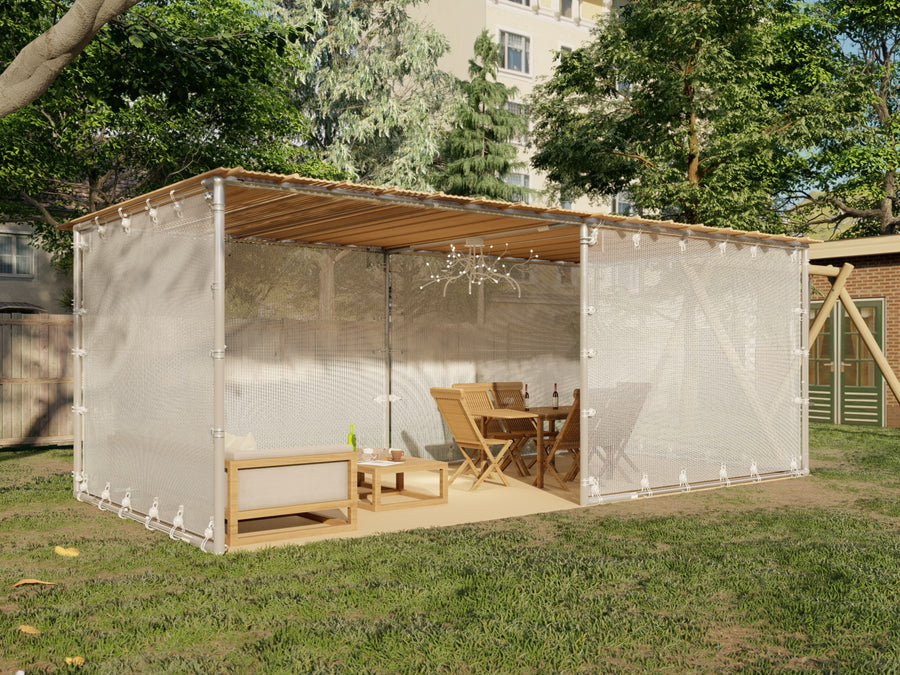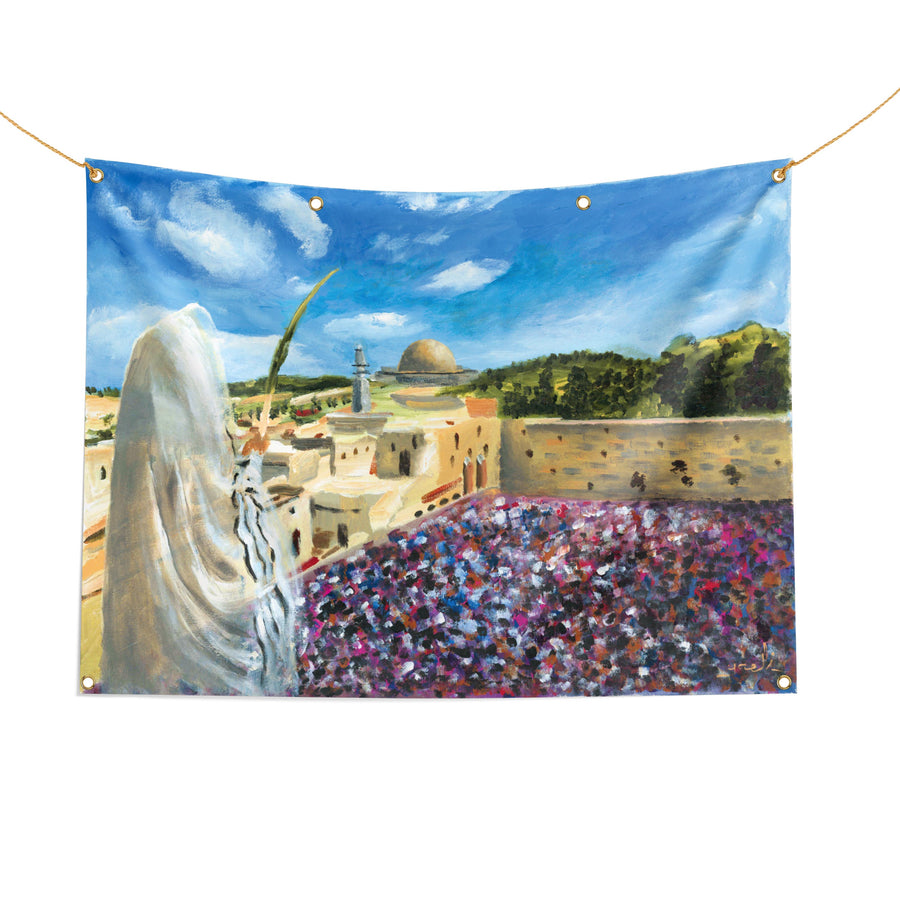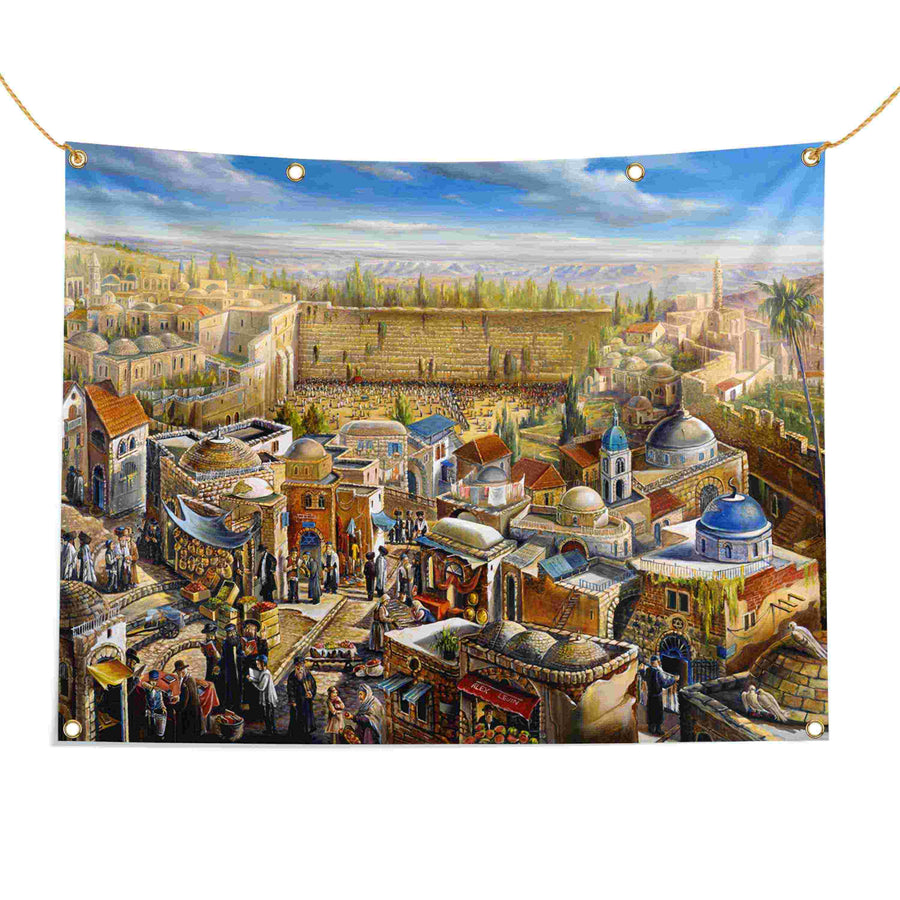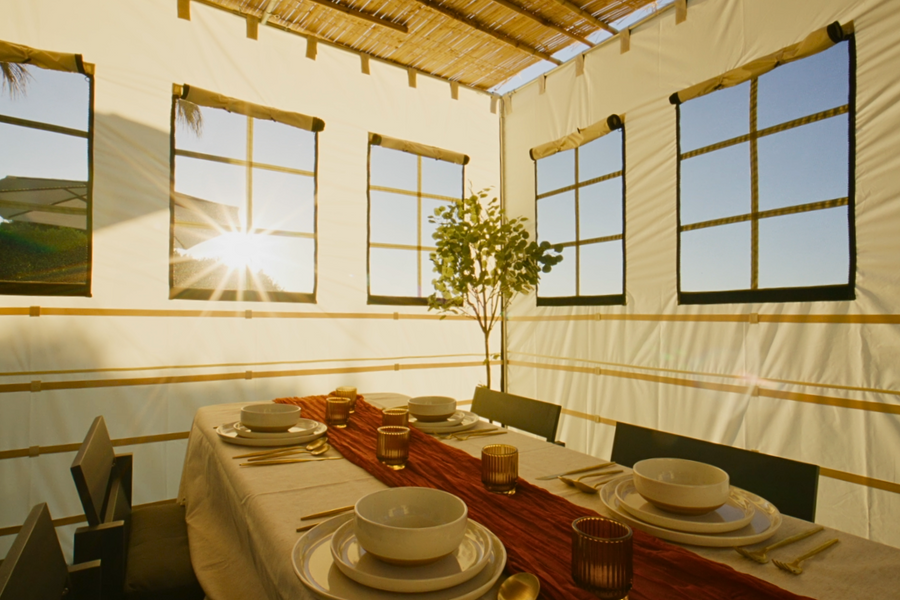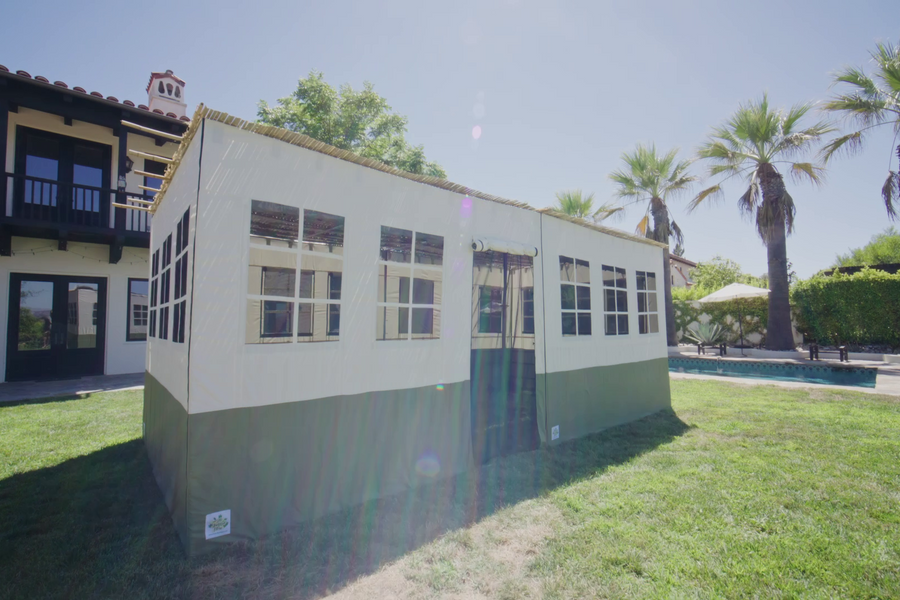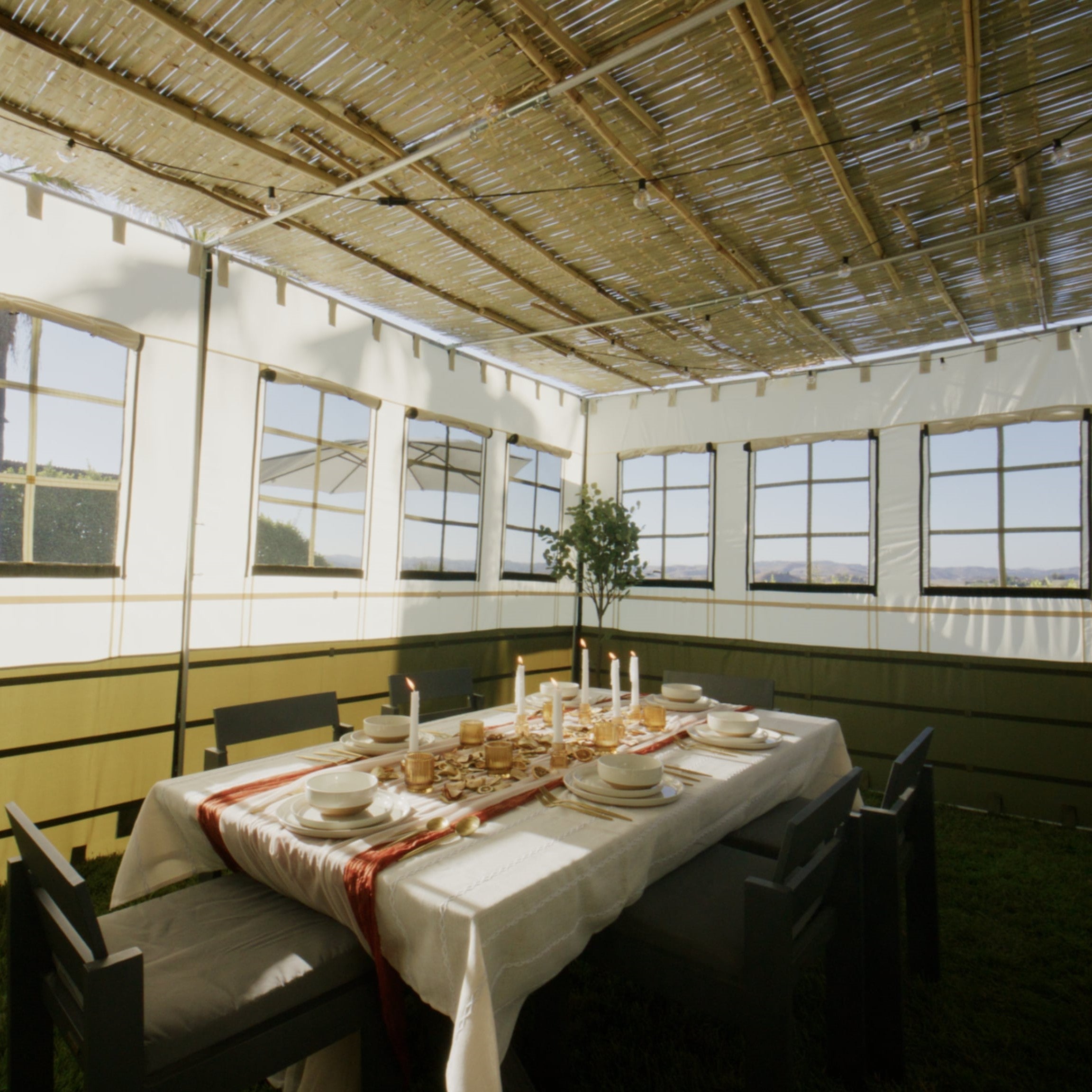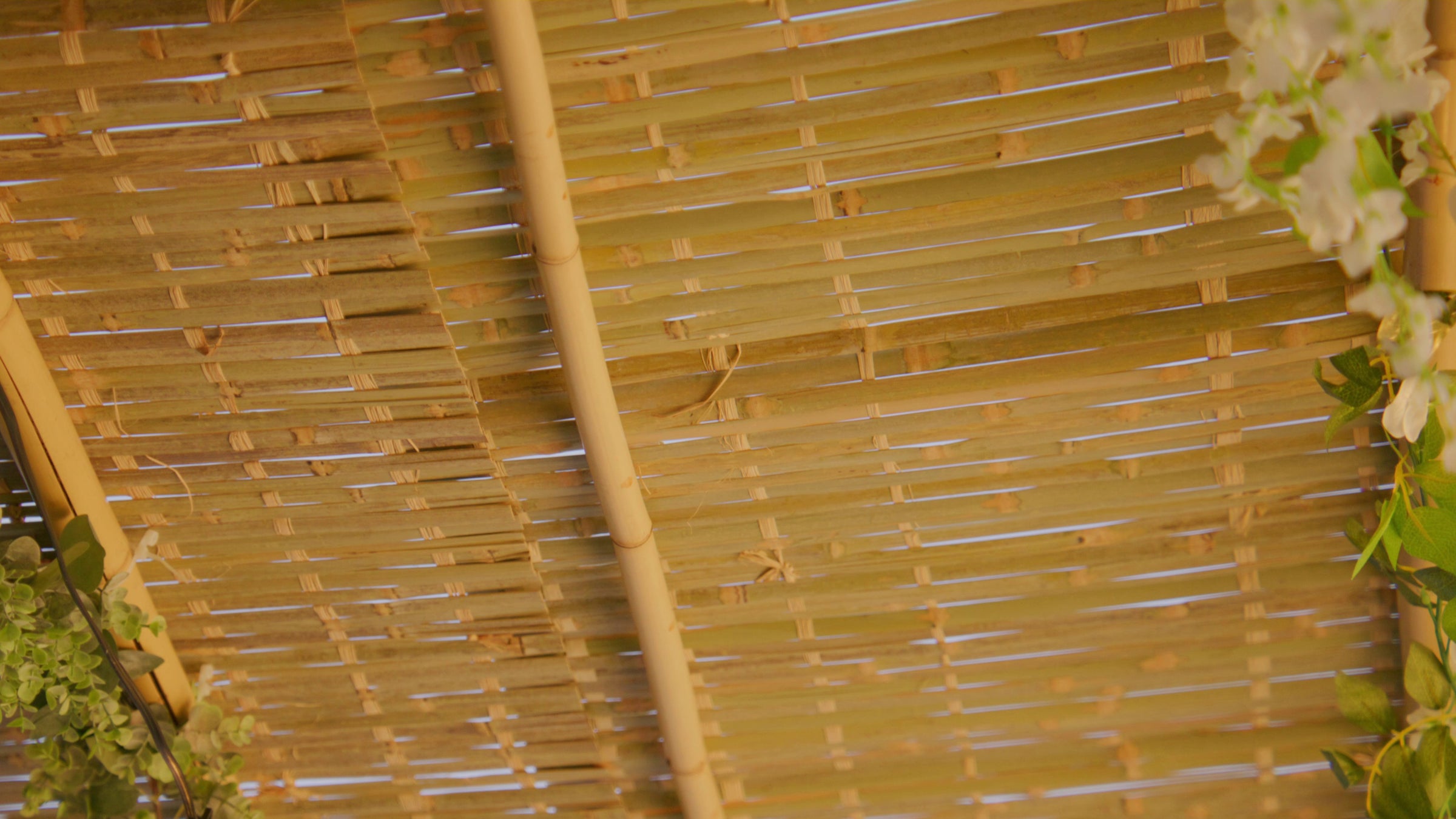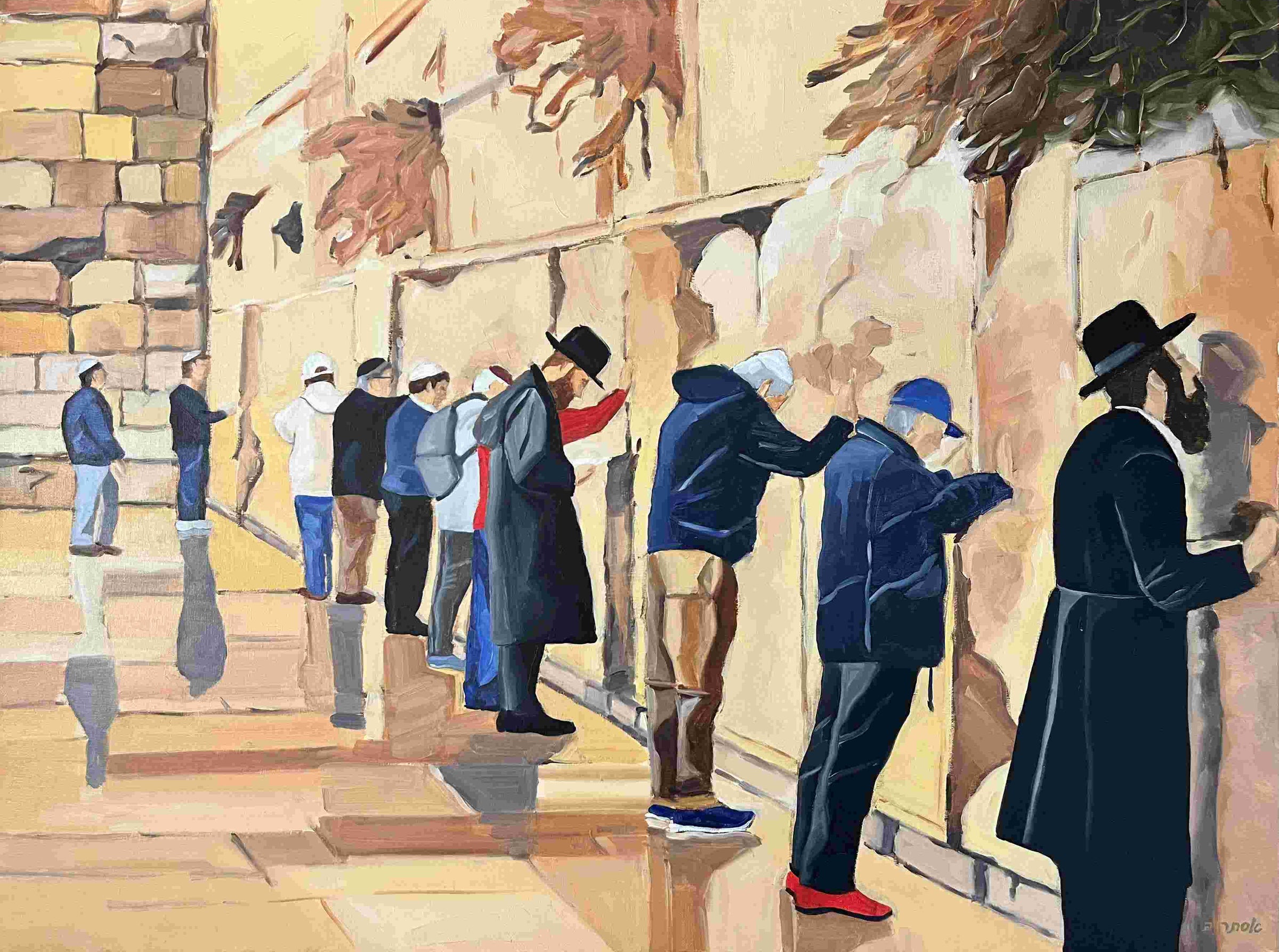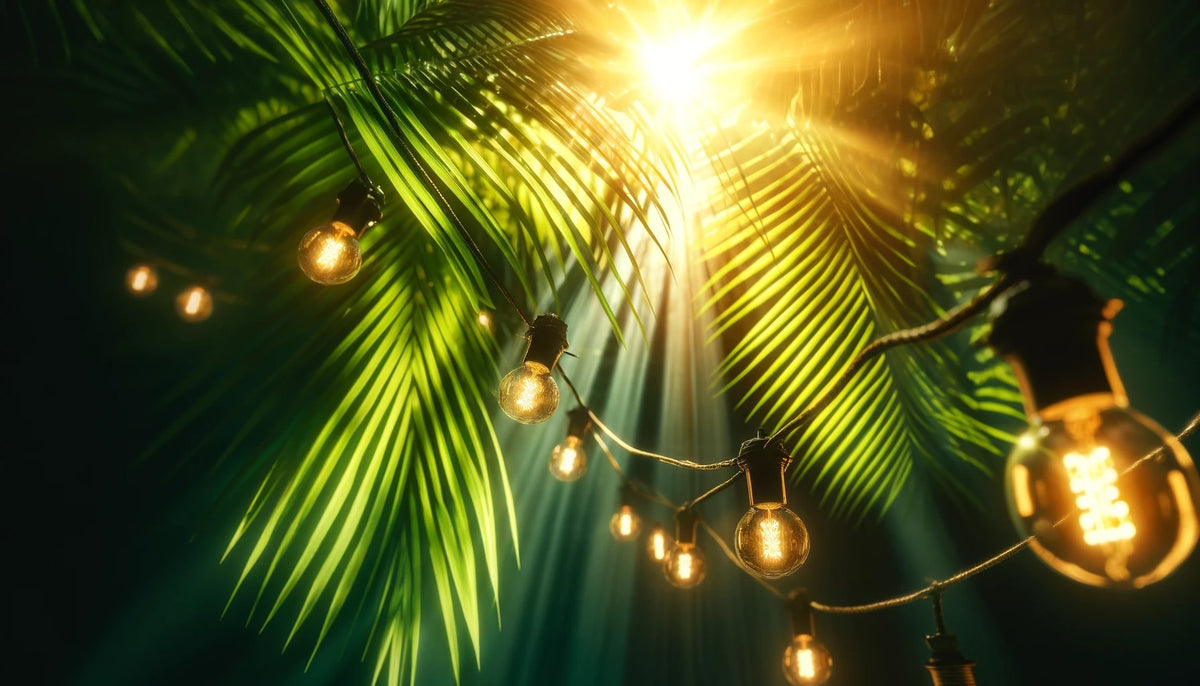

Sukkot brings a whirlwind of joy and celebration to the Jewish calendar. Amidst the festivities, one timeless tradition stands tall – decking out the Sukkah, the symbolic haven reminiscent of the Jewish Nation’s encampment in the desert after the exodus from Egypt. Believe it or not, it's not just about creating a vibrant ambiance; it's actually a mitzvah to decorate your Sukkah, and one that brings great depth to this joyous holiday.
Sukkot Decorations: The Mitzvah Basics
According to Halacha (Jewish law), decorating the Sukkah is a mitzvah, rooted in the concept of "Zeh Keli v’Anveihu" – "This is my God, and I will beautify Him." One of our great sages, the Shlah HaKadosh, emphasizes the importance of making the Sukkah beautiful, stating that the more effort one puts into decorating it, the more praiseworthy one is.
The more Sukkah decorations, the merrier, right?
As with anything Jewish, it’s never quite that simple…
There are still a few Halachic requirements to bear in-mind:
- Some advise against hanging Sukkah decorations that contain passages from the Torah directly on the Sukkah. Others are more lenient, suggesting that certain decorations with biblical verses may be permissible.
“But which biblical verses?” “On what type of decorations?” you enthusiastically whisper to Penina, your parakeet. That’s a long answer for an even longer article, so we advise that it’s best to steer clear of the issue altogether by opting for stylish Sukkah decorations that do not contain any Torah passages at all.
- It is acceptable to use decorations originally intended for non-Jewish holidays as long as they were never used for their intended purpose (in a Church, for example), although why have tinsel shed all over your Sukkah floor, when you can stare into the vista of Jerusalem’s HaRova instead?
…and if you’re also wondering, here’s some information on what makes a Sukkah kosher.
How To Decorate Your Sukkah
Now that we've established the basics on how to decorate a Sukkah according to Halacha, let’s establish the classics. Here are four ways to decorate your Sukkah that have stood the test of time and are still being used in Sukkahs around the world today:
- Murals and Wall Hangings: Turn your sukkah into a visual feast with captivating Judaica murals (usually of places in Jerusalem – the city where the Jewish People used to gather on Sukkot in Biblical times) or tapestries featuring Jewish legends, nature's quirks, or holiday symbols like the lulav and etrog (the four species we wave on this holiday). And it's a perfect icebreaker for curious kids to dive into the stories and meaning behind the festival's symbols.
- Paper Chains and Lanterns: Channel your inner DIY-guy with colorful paper chains or homemade paper lanterns for your Sukkah's ceiling. A budget-friendly, yet charming decoration that’s worth adding to any Sukkah. Crafting these decorations makes for a great sukkah project for kids!
- Fruit and Floral Arrangements: Fruit arrangements and tastefully placed flowers will go a long way to beautifying any Sukkah, but for you true decorating fanatics out there, some have the custom of stringing up 91 (yes, 91!) apples, since the numerical value of the word Sukkah adds up to 91.
- String Lights: Not such a biblical-sounding Sukkah decoration, but many hang up string lights or lanterns for an inviting glow that lets your Sukkah guests enjoy their meal without spilling their soup in the dark, while keeping away uninvited critters.
Ushpizin Decorations: Welcoming 7 Invisible Guests
For some more Sukkah inspiration, a classic Sukkah decoration is an Ushpizin chart. Ushpizin is Aramaic for “guests,” a reference to the seven supernal guests, known as the “founding fathers” of the Jewish people, who come to visit us in the Sukkah. One guest attends the Sukkah on each of the seven days of the festival: Abraham, Isaac, Jacob, Moses, Aaron, Joseph and David.
Every day, another of the guests leads the otherworldly entourage, and many have the custom to welcome them with special prayers and poems, so the chart hanging in the Sukkah will usually show the order the Ushpizin arrive in, and the prayers one says to accompany this.
Others go so far as to light seven candles each night to honor the Ushpizin, and even put out empty chairs for them (which some larger, Ushpizin-friendly Sukkahs are ideal for). And many weave the Ushpizin of the day into the Torah thoughts and stories they choose to share in the Sukkah with their family and (flesh-and-blood) guests.
Sukkah Styling: Is Less More?
For those of you who have hayfever and so prefer not to turn your Sukkah into a flower garden…or if you don’t have time to hang up 91 apples, fear not!
The famous Chabad (sect of Chassidism) custom is not to decorate the Sukkah at all.
Chabad Chassidim have been instructed by generations of leaders that the Sukkah serves as a vessel for the essential teachings about Sukkot, written about in Chassidic and Talmudic literature. They therefore look to grasp the intrinsic beauty of the Sukkah, without any decorations, as its unadorned state more powerfully communicates these profound lessons.
Stable Sukkah Decorations: Navigating Shabbat and Yom Tov Restrictions
It’s easy to get swept up in the magic of Sukkah decorations, but what happens if they come tumbling down on a windy day?
If your carefully-placed Sukkah decorations become dislodged during a weekday, you can immediately run to the rescue and fix them.
However, on Shabbat and Yom Tov (as per usual), things aren’t so simple. It's essential to be mindful of halachic guidelines, specifically concerning the concept of muktzah. Muktzah (lit., “set aside” in Aramaic) refers to items that may not be moved or handled on Shabbat or Yom Tov.
Here are the basics:
- If Sukkah decorations fall on the floor on Yom Tov, they are considered muktzah and should not be moved in a regular manner.
- If Sukkah decorations fall on a table, they may be moved in an unusual manner. If this isn't feasible, they may be moved normally if the spot they are occupying is needed.
- If Sukkah decorations fall on Shabbat, they may only be moved in an unusual manner.
Locking Down Your Sukkah Decorations
To avoid the inconvenience of fallen adornments and needing to navigate the sea of Shabbat and Yom Tov restrictions, consider these handy tips for securing your Sukkah decorations:
- Lightweight, Secure Attachments : Opt for lightweight decorations that won't easily fall off, such as paper cutouts, fabric hangings with sturdy loops , or securely attached garlands. Avoid heavy or flimsy decorations that may pose a challenge during blustery days, which is why we offer prints on high-quality, machine-washable cotton, with sturdy built-in loops that make hanging them a breeze.
- Adhesive Hooks and Clips: Utilize adhesive hooks or clips designed for outdoor use to hang decorations securely on the Sukkah's walls or Schach. No good for parkour climbing, but these hooks do offer a reliable hold for your decorations without causing damage to the Sukkah structure.
- String and Wire Techniques: Tie Sukkah decorations down with durable strings or wires, ensuring they are tightly secured to the Sukkah frame. Consider using zip ties for added stability, especially for larger decorations or banners.
- Regular Maintenance: Prevention is better than cure! Keep an eye on your decorations during Sukkot. Reinforce and readjust if necessary to keep those mishaps at bay.
As you embark on your Sukkah-decorating adventure, remember: a little reinforcement goes a long way – happy decorating & Chag Sameach!
